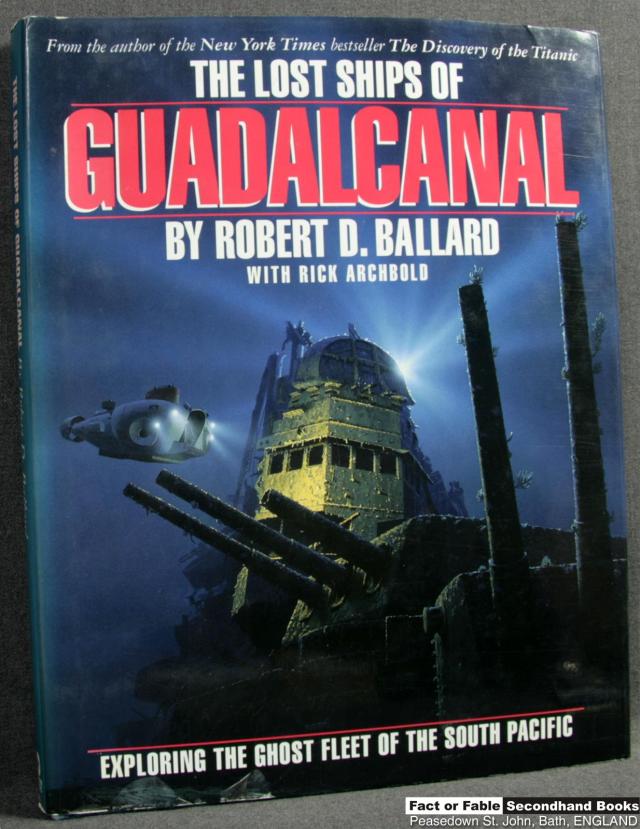The Royal Army Medical Corps by Redmond McLaughlin lands on the shelves of my shop.
Leo Cooper, 1972, Hardback in dust wrapper.
Illustrated by way of: Black and White Photographs;
From the cover: This book, though short, is nevertheless the first comprehensive history of the Royal Army Medical Corps ever published. Formed in 1898 out of the old Army Hospital Corps (which had no officers) and the Medical Staff, it had the distinction of being granted the title Royal from its formation. It had owed much to the reforming zeal of Florence Nightingale, but such improvements as were made in hygiene and administration during the latter half of the nineteenth century had to wait upon the revolutions of the twentieth century in both transport and medical knowledge to reveal the amazing versatility, adaptability and courage of the new Corps. It was not, after all, very long before the First World War that Kipling wrote of The young British Soldier :
When youre wounded and left on Afghanistans plains
And the women come out to cut up what remains
Jest roll to your rifle and blow out your brains
An go to your Gawd like a soldier
The author has not confined his story to broad outlines and threat campaigns. The moving record of medical work during Japanese captivity, the heroic surgery with the Maquis, and the superlative contribution of the medical reams at Arnhem, under conditions that remain unparalleled, are given their rightful place of honour. And, in contrast to these grim episodes, there is a brief, unexpected glance at a journey to the North Pole. This is not only the story of a Corps that has pioneered many major surgical advances, it is also the record of countless acts of heroism, epitomized in such men as Martin Leake and Noel Chavasse. It is a worthy memorial to them and a noble tribute to a wonderful and progressive body of men.
In the Famous Regiments series.
Good in Very Good Dust Wrapper. Small stickers cover a patch on the front pastedown, colophon on the title page and bibliographical data to the verso. Text complete, clean and tight otherwise.
Red boards with Gilt titling to the Spine. 121 pages. 8¾” x 5¾”.
Of course, if you don’t like this one there are plenty more available here!

